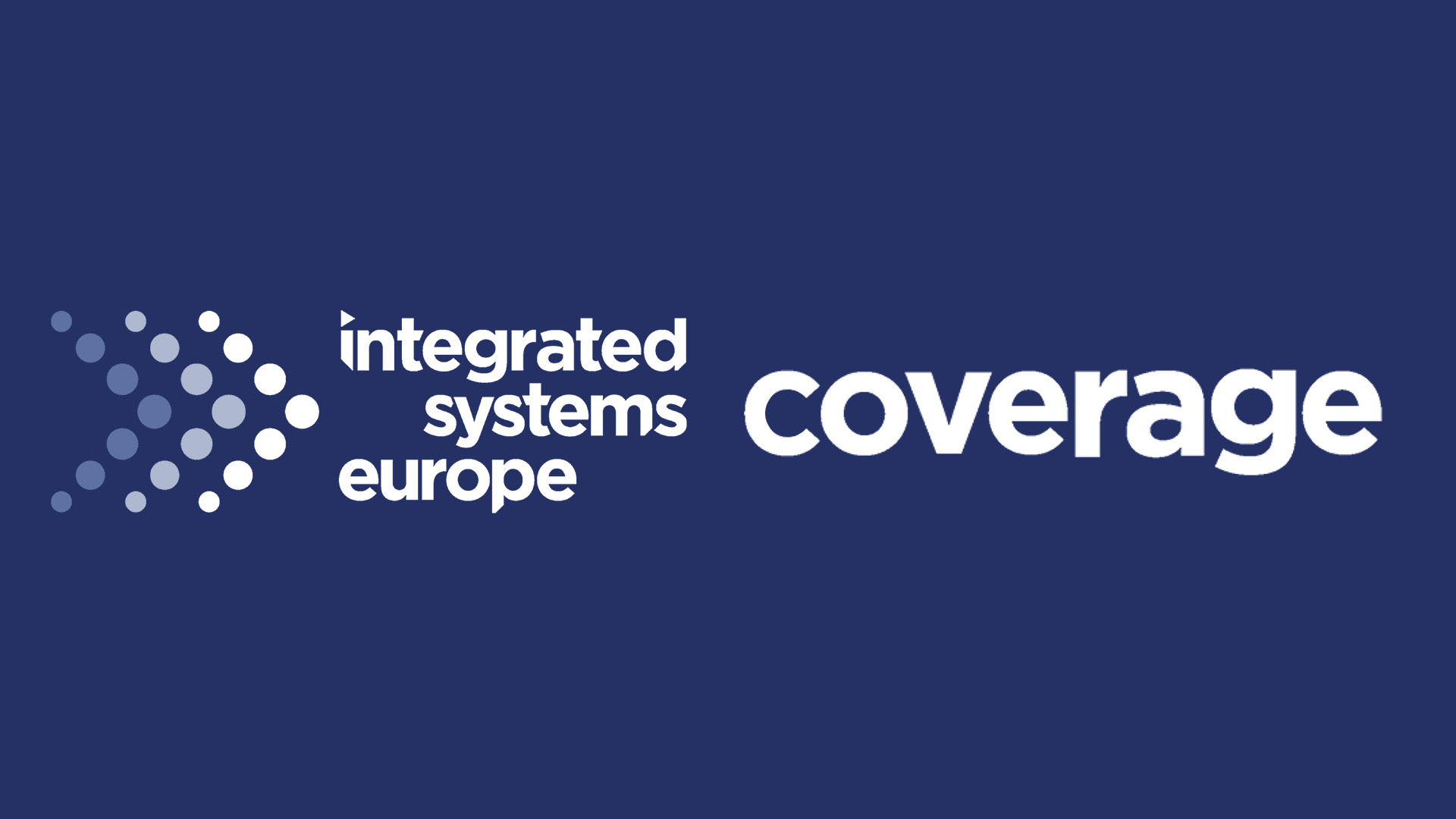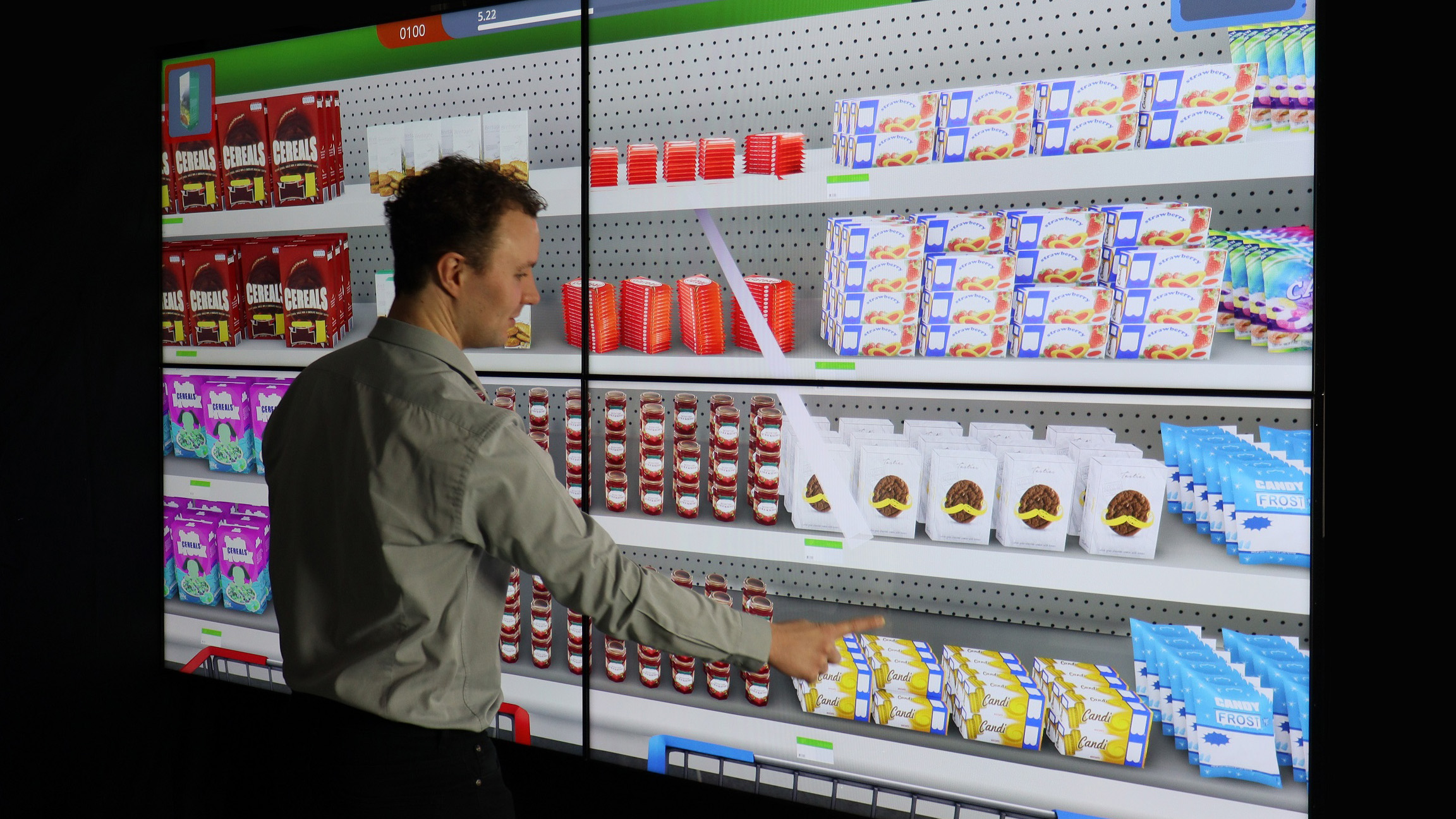Touch technology innovator Zytronic will demonstrate the new ZyBrid edge touch sensor technology, developed to create stunning multi-screen interactive video walls and tables at ISE 2022 (Hall 6, Stand H930). Designed to mirror the narrowest bezel video wall monitors, the glass sensors feature an ultra-narrow border (anywhere from 3mm to zero), creating a sleek appearance by using the maximum display area. The sensors can be linked when used with the associated all-new ZyBrid edge controller to enable seamless touch transition between screens, with potentially no gap between adjacent active areas.

Typically, AV installers fix a huge protective glass over an entire interactive video wall, often using a clip-on infrared or camera-based touch detection system around the outside of the tiled screens. This arrangement creates a large, unsightly, protruding bezel around the edge of the wall, even if interactivity is only required on some displays. It also means that if a monitor needs to be adjusted or replaced, the entire cover glass has to be unmounted from the touch detection frame.
These touch detection technologies tend to be susceptible to false and accidental touches. They can also be confused by strong direct sunlight. If dust and debris accumulate on the surface, the effectiveness of optical transmitters or receivers can be impacted, stopping the interactive video wall from working. Current alternative technologies, such as conventional projected capacitive or acoustic-based touch systems, have wider borders that detract from the very closely tiled, aesthetic appearance.
[Distance and Hybrid Learning Trends in Higher Ed]
“The new Zytronic projected capacitive solution eradicates both these issues, enabling ultra-fast, accurate touchscreen responses and providing borders that match the latest near borderless LCDs,” said Ian Crosby, sales and marketing director, Zytronic.
Each narrow-border ZyBrid edge sensor is supported by a dedicated ZYX500-based multitouch controller linked via a set of RJ45 data cables. The connected associate controllers then connect to a single, leading primary controller. The controllers are fitted with a manual toggle switch that changes the onboard firmware settings, allowing AV installers to quickly choose whether to make it an associate or primary controller. Using one type of controller reduces system complexity and component inventory.
[Creating Interactive Experiences with Digital Signage]
In an innovative development, Zytronic has also designed proprietary new firmware for the special ZXY500 controllers. The firmware allows the data from the individual associate controllers to be "stitched" together by the primary controller, which presents a single set of x-y coordinates to the host computer as a USB HID plug-and-play touchscreen device. “Instead of individual touchscreens, the computer only ‘sees’ one giant touch sensor,” explained Crosby.
This approach solves the problem of dropped touch coordinates as a user passes their fingers from one screen to an adjacent unit to achieve a seamless coordinate and touch contact ID transfer "handshake," no matter how many people interact with the video wall. The individual touch sensors can be attached to the underlying ultra-narrow bezel displays using suitably designed frames or optical bonding. When tiled alongside, each screen’s touch controller is linked to create a huge, near-borderless interactive wall.
A further benefit of this individual yet linked and tiled approach is that only the individual monitors within reach of users’ fingertips need to be fitted with the ZyBrid edge touch sensors. A protective glass can be fitted for those higher up, significantly saving cost and dramatically easing maintenance.
As with all Zytronic touch sensors, the sizes and designs can be completely customized. In terms of size, the main requirements are expected to be 37, 46, 49, 55 and 65 inches, matching the most commonly available narrow border video wall monitors from suppliers like Christie, LG, NEC, Philips and Samsung. The glass touch sensors can be made from 3, 4 and 6mm thermally tempered glass, with either a plain or anti-glare finish, depending on customer needs and impact requirements.
